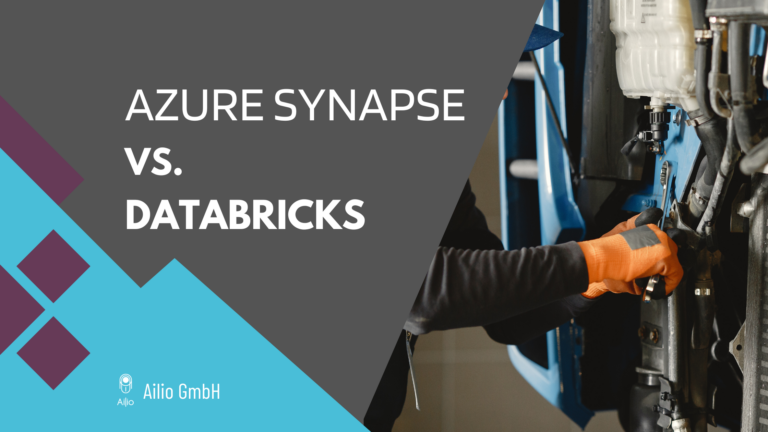
The security Achilles heel of RAG systems: How prompts are smuggled in (and how to protect yourself)
Retrieval Augmented Generation (RAG) systems are revolutionizing how we interact with information. By combining Large Language Models (LLMs) with external knowledge databases, they provide more






